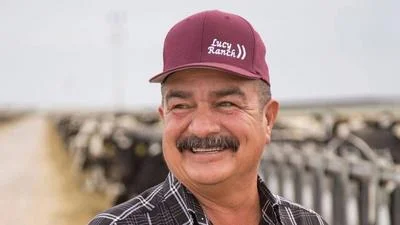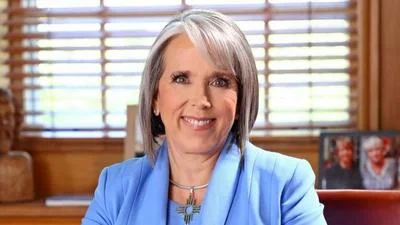Safe outdoor spaces became legal in Albuquerque, New Mexico’s largest city July 28, and the Albuquerque City Council ultimately added the safe outdoor spaces as a new use in the city’s Integrated Development Ordinance (IDO).
The update to the code will allow safe outdoor spaces in certain nonresidential and mixed-use zones and limit the sites to 40 spots for tents or vehicles and a total of 50 on-site residents.
Although the City Council could change course and vote to make them illegal on Aug. 15, such a quick reversal would not necessarily preclude safe outdoor spaces from already taking shape. This is because the zoning in place at the time of a land use application carries forward regardless of future changes to the zoning code. This leaves a window of opportunity.
Local businessman Brad Day, who owns commercial properties in various parts of Albuquerque and has spent months advocating for safe outdoor spaces, developed a zoning code amendment to allow safe outdoor spaces and submitted it to the Albuquerque City Council office for consideration.
Council members Brook Bassan, Isaac Benton and Trudy Jones co-sponsored a version of it and introduced it as the IDO amendment. Bassan changed her mind in June, saying she now opposed the spaces and will draft a proposal to correct what she termed a mistake.
Day’s advocacy first began with his frustration about the number of people sleeping illegally on his commercial properties, including buildings at San Mateo/Copper and Lead/Interstate Highway 25.
Day, who has already identified “workable” sites in commercial areas around north downtown and the International District, said his safe outdoor spaces will have “standards” for who can live there and an operator living on-site.
The code will also require each operator to have an operations and management plan or security agreement. To support the operations, Day is planning to charge lease payments of $200 per month per homeless resident. But he admitted the proposal is “up in the air.”
Former Albuquerque City Councilman Pete Dinelli, a lawyer with 27 years of municipal and state government service, wrote in an opinion piece published by the New Mexico Sun that the city must try a new approach to deal with the homeless. Dinelli also shares his insights in a blog.
“The homeless crisis will not be solved by the city, but it can and must be managed," he wrote. "Providing a very temporary place to pitch a tent, relieve themselves, bathe and sleep at night with rules they do not want nor will likely follow is not the answer to the homeless crisis. The answer is to provide the support services, including food and lodging, and mental health care needed to allow the homeless to turn their lives around, become productive self-sufficient citizens, no longer dependent on relatives or others.”
David R. Anderson of Albuquerque, who has paid close attention to this and other law-enforcement issues, said it’s not a complex matter in his opinion.
“My view is simple. Albuquerque has a master’s degree in enabling, perhaps even a Ph.D.,” Anderson told the New Mexico Sun. “For some reason many believe that unhoused vagrant squatters are entitled to free everything.”
The crime problem is also deeply concerning, in his view.
“I just came for visiting my friend that owns Di Lorenzo auto sales on Central," Anderson said. "Some thugs broke down their big security fence gate last night broke out windows and cars stolen office windows also smashed. Just a normal day in ‘Burque Ghetto Town.’”
He said he recently spoke with several business owners.
“They tell me that they no longer report crimes. They know that Albuquerque Police Department is understaffed,” Anderson said. “However, they do not want to turn in claims to their insurance company and have their rates go up or get canceled. So they eat the loss.
“The folks that I speak with do not believe the crime numbers that are being reported to citizens," he added. "Way understated. The estimates from experts that I know believe that Albuquerque assault and property crimes are under-reported by at least 50%.”
The city reported 117 homicides in 2021, setting an unwanted record. The average had been around 45 for more than three decades.
What is behind all these urban maladies? Anderson has a theory.
“Maybe the reason is a big pot of gold is waiting out there for the taking?” he asked rhetorically. “Who knows? Maybe the reason is a big pot of gold is waiting out there for the taking? Who knows?”
He said this is a question he would like to explore.
“I think it would be interesting to compile a list of all of the individuals and entities that profit off of vagrants and all that entails,” Anderson said. “It begs the question: How much money has been flushed down the toilet in the last five years putting Band Aids on the vagrant situation, I wonder?”
The city and county have already built temporary shelters, including Gateway Center, as well as private groups that provide temporary shelter and mental health and drug treatment, along with new private shelters. Since June 2021, Mayor Timothy Keller has spent more than $40 million to address homelessness.
Anderson said he wants to see some accountability and results. In a sarcastic comment, he wonders if some people want to see this problem continue unabated.
“Maybe it’s better not to solve the homeless vagrant situation, rather keep it going,” Anderson said. “Lots of money out there. Always follow the money.”




